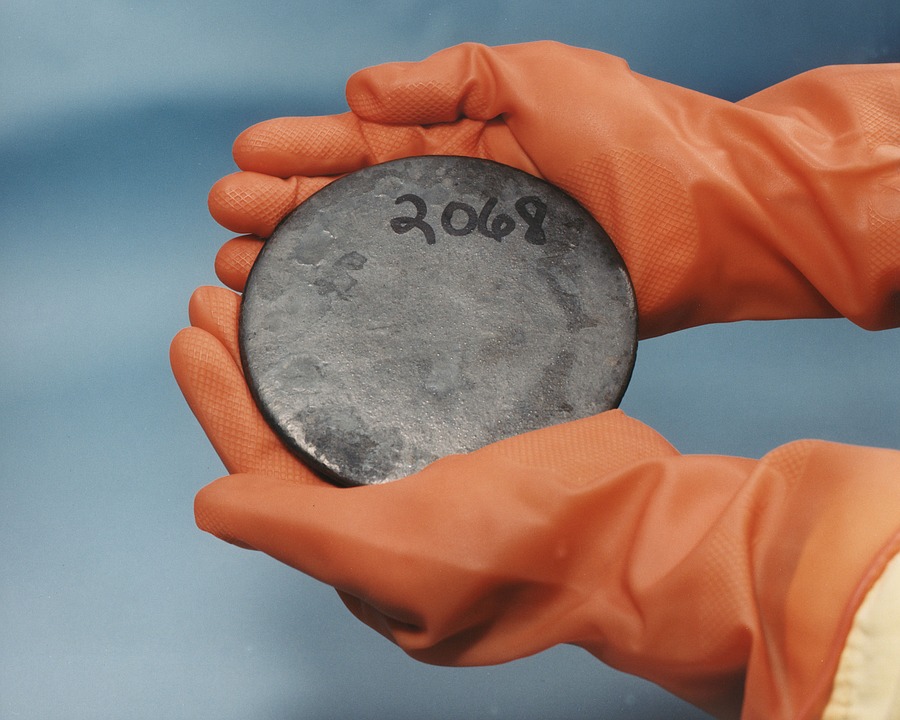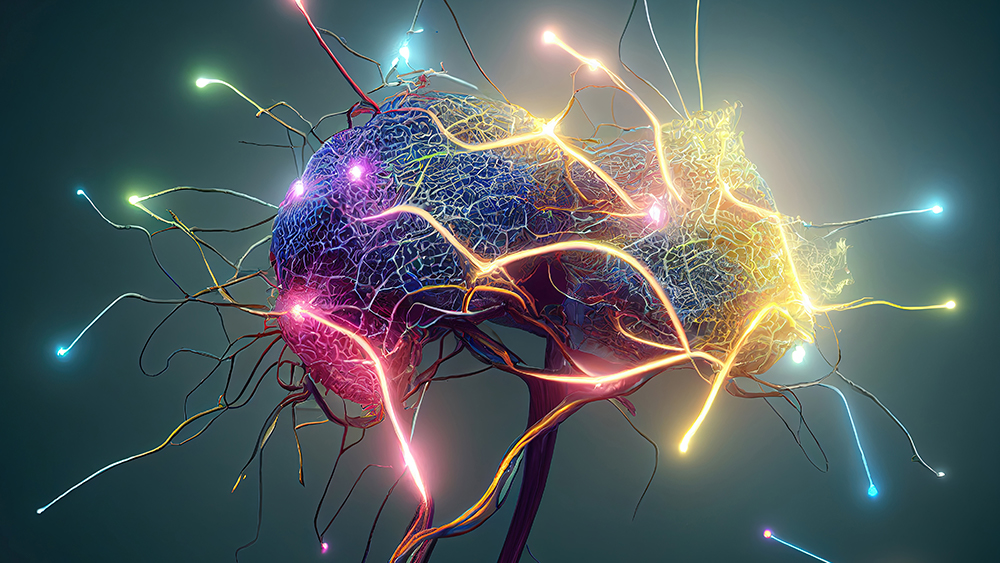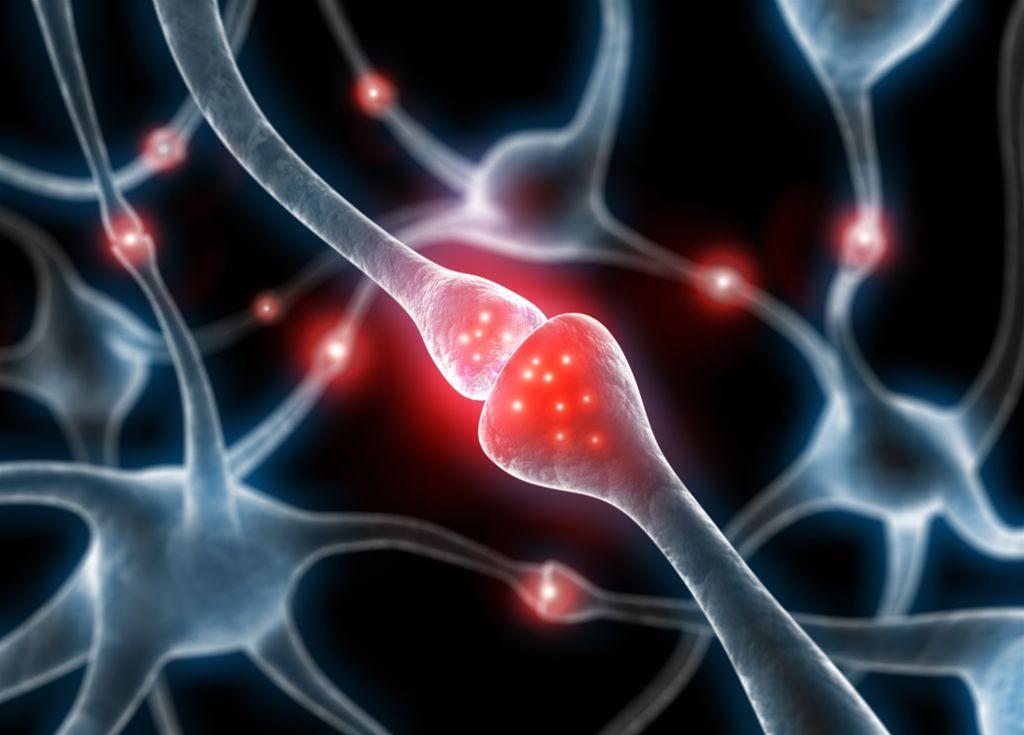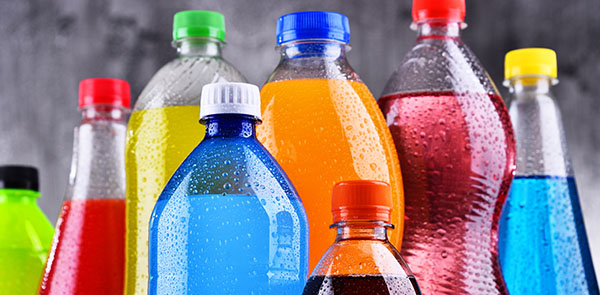The silent intruder: Unmasking the ubiquitous threat of CADMIUM in the modern world
11/11/2025 / By Ava Grace
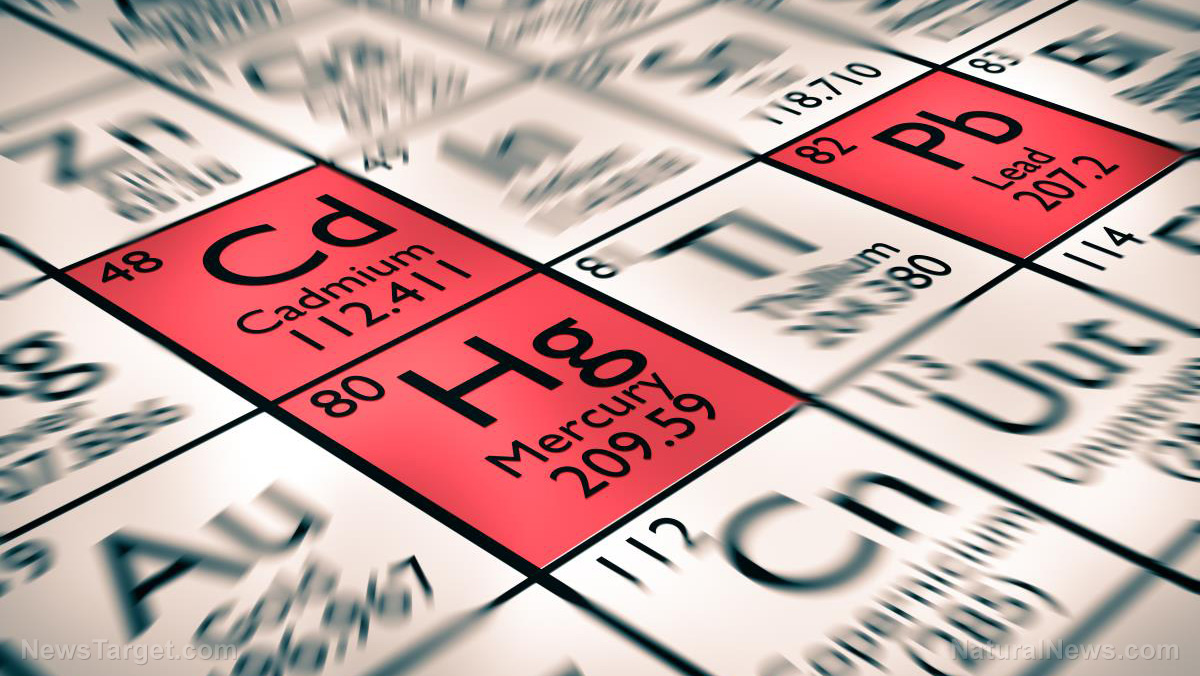
- Cadmium is a naturally occurring heavy metal, but its presence in the environment is significantly increased by human activities like mining and its use in batteries, pigments and plastics.
- The primary health risk comes from long-term, low-level exposure, as the body has no efficient way to excrete cadmium, leading to a dangerous buildup over time.
- For the general public, the main route of exposure is through food, particularly conventionally grown leafy greens, grains, potatoes and cocoa. Cigarette smoke is also a major and direct source of cadmium.
- Cadmium accumulation causes severe damage to the renal system, impairing kidney function, and to the skeletal system, leading to bone demineralization and an increased risk of fractures.
- Since the body excretes cadmium very slowly, the best strategy is to minimize exposure through a varied diet, avoiding tobacco and ensuring adequate intake of calcium and iron to reduce gut absorption.
In an era of increasing environmental consciousness, the conversation around toxins often centers on novel industrial chemicals. Yet one of the most persistent and pernicious threats to human health is a heavy metal with a long history of use: cadmium. This soft, bluish-white element, often a byproduct of industrial progress, has infiltrated our environment, food supply and, consequently, our bodies, posing a significant, understated risk to public well-being.
Cadmium (symbol Cd, atomic number 48) is a naturally occurring metal found in Earth’s crust. However, its natural presence is dramatically amplified by human activity. Cadmium is primarily extracted as a byproduct of zinc, lead and copper mining. Its useful properties—including corrosion resistance, malleability and an ability to control nuclear fission—have led to its use in batteries, pigments and electroplating, as well as as a stabilizer in certain plastics.
“Cadmium is a silent intruder because it is a highly toxic metal that accumulates in every organ of the body without immediate signs,” says BrightU.AI’s Enoch. “It enters our systems insidiously through common sources like processed foods and cigarette smoke. Once inside, it can damage the brain and other organs, leading to serious issues like memory loss and an increased risk of Alzheimer’s disease.”
Cadmium toxicity and routes of exposure
The insidious nature of cadmium lies in its bioaccumulation. The human body has no efficient mechanism to excrete cadmium, leading to a buildup over time. Toxicity is not typically a result of a single, high-dose event but rather chronic, low-level exposure. The U.S. Agency for Toxic Substances and Disease Registry (ATSDR) has established a chronic-duration oral Minimal Risk Level (MRL) for cadmium of 0.1 micrograms per kilogram of body weight per day. Exceeding this threshold over months or years significantly increases one’s risk of organ damage, particularly to the kidneys and skeletal system.
The primary route of human exposure to cadmium for the non-smoking general population is through diet. Cadmium is efficiently taken up from soil by certain food crops. Foods known to accumulate high levels of cadmium include:
- Leafy greens such as spinach and lettuce
- Starchy root crops like potatoes and carrots
- Grains like rice, especially when grown in contaminated paddies
- Cocoa and chocolate products
- Sunflower seeds and shellfish from contaminated waters
Other exposure routes are equally concerning. For instance, cigarette smoke is a direct and potent delivery system for cadmium, with smokers having roughly twice the body burden of non-smokers.
Non-edible consumer products can also be sources. Historically, cadmium is used to make red, orange and yellow pigments for plastics and paints. While its industrial use is now regulated, older items or imported goods made under lax standards still pose a risk. Occupational exposure also remains a serious concern for workers in battery manufacturing, metal plating and smelting industries.
Cadmium’s target organs
Once absorbed, cadmium binds to a protein called metallothionein and is transported through the bloodstream. Its primary and most well-documented target is the renal system. Cadmium accumulates in the kidneys’ proximal tubule cells, where it can cause irreversible damage and impair the kidneys’ ability to filter blood, thus causing proteinuria and kidney stone formation.
The skeletal system is another critical cadmium target. Cadmium toxicity can disrupt calcium and vitamin D metabolism, leading to bone demineralization. This can result in osteomalacia (softening of the bones) and osteoporosis, increasing bone fracture risk. The infamous Itai-itai disease in Japan, caused by industrial cadmium contamination of rice paddies, is a historical testament to this effect, and is characterized by severe bone pain and debilitating fractures.
Emerging research also reveals cadmium can harm other systems of the body. Studies have linked cadmium exposure to an increased risk of atherosclerosis and hypertension. Inhalation of cadmium also damages the respiratory system, causing emphysema and chronic lung disease. Additionally, cadmium is classified as a human carcinogen, with strong evidence linking it to lung cancer and suggestive evidence linking it to prostate and kidney cancers.
Detoxification and mitigation: Navigating a cadmium-laden world
A critical point of scientific consensus is that cadmium has no known beneficial function in humans. Unlike metals like zinc and selenium, cadmium is not a required trace element. The goal, therefore, is not to supplement but to minimize exposure and support the body’s natural detoxification pathways.
A varied diet that rotates high-risk foods can help you avoid excessive intake from a single source. Choosing organic produce can also reduce exposure to agricultural sources. Avoiding tobacco smoke is paramount.
Regarding active detoxification, the body’s ability to excrete stored cadmium is inherently slow. No superfood can rapidly chelate deep tissue stores. However, a nutrient-dense diet can support your body’s intrinsic defense systems. Adequate intake of calcium and iron can also help reduce cadmium absorption in the gut by preventing your body from mistaking cadmium for these essential minerals.
Meanwhile, foods rich in antioxidants, such as berries and leafy greens (from low-cadmium sources), can help mitigate the oxidative stress caused by cadmium. Sulfur-containing foods like garlic, onions and cruciferous vegetables (broccoli, cauliflower) can support your body’s production of glutathione, a powerful antioxidant that’s crucial for liver detoxification.
Ultimately, your focus should be on long-term, consistent nutritional support rather than acute, aggressive detox regimens.
The history of cadmium poisoning, from the skeletal devastation of Itai-itai disease to the ongoing contamination from industrial and electronic waste, serves as a stark warning: As global consumption and battery production increase, so does the potential for environmental release of toxic substances like cadmium. Understanding the health impacts of this persistent metal is crucial to public health and could empower individuals to make informed choices and advocate for stricter industrial and agricultural controls.
This story does not contain medical advice and is not intended to treat or cure any disease. Always consult with a qualified naturopathic physician for personalized advice about your specific health situation or concern.
For more insights into heavy metals and toxic pollutants, visit NaturalNews.com. It’s a treasure trove of articles related to health, science, the environment and so much more.
If you’re into cutting-edge technology with a health twist, try BrightU.ai. Created by Mike Adams, the Health Ranger, this AI model is a free download that you can run on your own device. It’s all about sharing knowledge freely and bypassing the filters of censorship.
If you’re looking for a place to openly discuss everything from nutrition to natural remedies without any holds barred, visit Brighteon.com. Don’t forget to check out these free speech social media platforms, Brighteon.IO and Brighteon.social, where the conversation is always lively and uncensored.
Watch this video to learn about cadmium in chocolate.
This video is from the Spirit2all channel on Brighteon.com.
Sources include:
Submit a correction >>
Tagged Under:
This article may contain statements that reflect the opinion of the author




